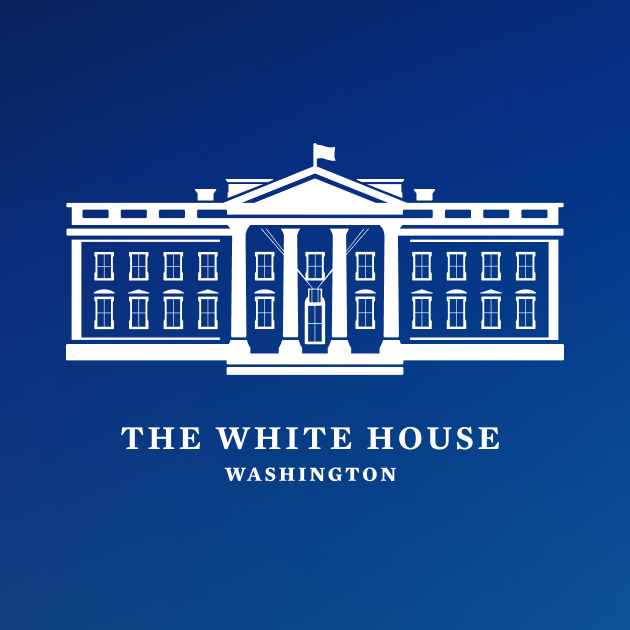Biden Releases FY 2022 Budget, Proposes Increased Investments in Housing

Today, the Biden Administration submitted to Congress the president’s budget request for fiscal year (FY) 2022. The budget request totals $6 trillion, the largest increase in federal spending in decades. The Biden Administration seeks $68.7 billion for the U.S. Department of Housing and Urban Development (HUD) and $27.8 billion for the U.S. Department of Agriculture (USDA), an increase of $9 billion (15 percent) and $3.6 billion (16 percent) over the FY 2021 enacted levels, respectively.
Below are highlights of the administration’s housing-related tax and spending requests, including a significant increase in HOME, expansion of the Housing Credit, creation of a new for-sale housing production tax credit, reinstatement of the Federal Financing Bank (FFB) Risk-Sharing initiative, and a new down payment assistance program.
U.S. Department of Housing and Urban Development
- $1.9 billion for HOME, an increase of $500 million, including a $100 million set-aside for the new FirstHOME Downpayment Assistance initiative to provide down payment assistance funding to states and insular areas;
- $3.8 billion for the Community Development Block Grant program, an increase of $295 million;
- $30.4 billion for Tenant-Based Rental Assistance (TBRA), commonly known as the Housing Choice Voucher program, an increase of $4.6 billion to assist an additional 200,000 families, with a focus on those who are experiencing homelessness or fleeing domestic violence;
- $491 million for a new Mobility Services initiative under TBRA;
- $3.5 billion for Homeless Assistance Grants, an increase of $500 million, to assist 100,000 additional households, including survivors of domestic violence and youth experiencing homelessness;
- $3.2 billion for Public Housing modernization grants, an increase of $435 million;
- $14.1 billion for Project-Based Rental Assistance (PBRA), an increase of $595 million;
- New investments for rehabilitation and modernization to further climate resilience and energy efficiency, including $250 million for the new Green and Resilient Retrofit Program to rehabilitate assisted multifamily properties;
- $100 million ($50 million in TBRA and $50 million in PBRA) for the Rental Assistance Demonstration Program (RAD);
- $180 million to support 2,000 new units of permanently affordable housing for the elderly and persons with disabilities;
- $400 million in grants to address lead-based paint and other health hazards, an increase of $40 million;
- $85 million in grants for fair housing programs, an increase of $12 million;
- $1 billion for Native American Programs, an increase of $175 million;
- $175 million for Self-Sufficiency Programs;
- $20 million for the Eviction Prevention Demonstration program to provide competitive grants to non-profit or governmental entities for no-cost legal assistance to low-income renters at risk of eviction;
- $61 million for housing counseling assistance, an increase of $8.4 million;
- $400 billion in Federal Housing Administration loan guarantee commitment authority to provide mortgage insurance for single-family loans under the Mutual Mortgage Insurance (MMI) Fund;
- $30 million for a temporary expansion of the Good Neighbor Next Door (GNND) Program and the new Home Equity Accelerator Loan (HEAL) Pilot that will test new loan products designed to lower barriers to homeownership for first-generation and/or low-wealth first-time home buyers;
- $900 billion in commitment authority for Ginnie Mae, a decrease of $400 billion; and
- New authority for Ginnie Mae to securitize affordable multifamily loans made by Housing Finance Agencies (HFAs) and insured under the FHA’s 542(c) Risk-Sharing program.
- Reinstatement of the HUD-Treasury Federal Financing Bank (FFB) Initiative to provide “Ginnie-like” financing for HFA Risk-Sharing loans as an interim measure that will sunset three years after implementation. The proposed Ginnie Mae securitization authority would provide a permanent source of low-cost capital for these affordable housing loans once FFB financing expires.
U.S. Department of Agriculture
- $1.5 billion for the Section 502 Single-Family Direct Loan program, a $500 million increase;
- $30 billion for the Section 502 Single-Family Guaranteed Loan program, a $6 billion increase;
- $40 million for the Section 515 Multifamily Direct Loan program;
- $230 million for the Section 538 Multifamily Guaranteed Loan program;
- $28 million for the Rental Preservation Demonstration program for Section 514, 515, and 516 multifamily properties;
- $1.45 billion for the Section 521 Rental Assistance program to be used for renewing existing rental assistance contracts; and
- $45 million for the Section 542 Rural Voucher Assistance program.
- Expands the supply of affordable multifamily housing by creating a new Opportunity Housing Credit, separate from existing Housing Credit authority, that would equal 118 percent of new Housing Credit authority under current law. This new proposal includes a basis boost of up to 50 percent for buildings located in difficult development areas (DDAs) that receive an allocation of either Housing Credit or Opportunity Housing Credit authority;
- Creates the Neighborhood Home Investment Credit (NHIC) to promote new construction or substantial rehabilitation of affordable, owner-occupied housing located in distressed neighborhoods. Treasury would award a total of $2 billion in NHIC authority to the states in FY 2022, with the allocation amount indexed for inflation for FYs 2023–2031; and
- Makes permanent the New Markets Tax Credit.
The budget request follows the general outline of the administration’s spending proposal that was released in early April.
NCSHA’s detailed analysis of the FY 2022 budget can be found here.

